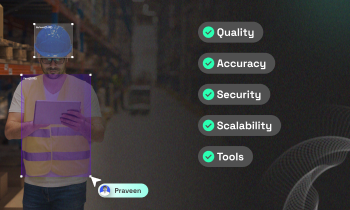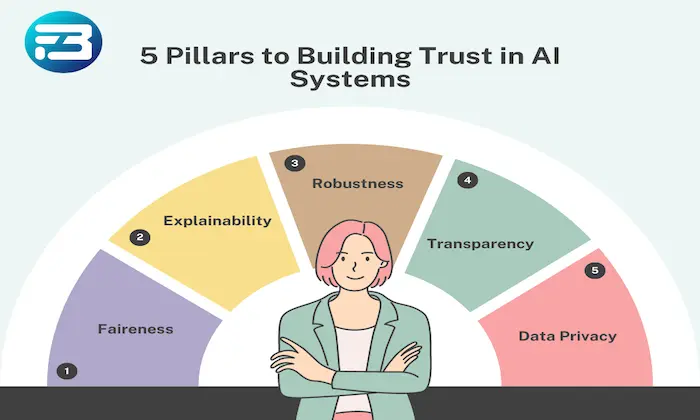What is the ratio of doctor vs patient speaking time in doctor–patient conversation dataset?
Conversation Analysis
Healthcare
Speech AI
In healthcare AI, the speaking time ratio between doctors and patients offers valuable insights into communication dynamics. Understanding this ratio is crucial for developing conversational AI systems that effectively interpret and respond to clinical interactions.
Doctor-Patient Communication Dynamics
In doctor-patient conversations, doctors typically speak for about 60% of the time, while patients contribute around 40%. This balance reflects the physician's role in leading the conversation, providing medical guidance, and addressing patient inquiries. Variations in this ratio can occur, influenced by factors such as consultation type and complexity of the medical issue.
Implications of the Doctor-Patient Speaking Time Ratio
- Enhancing AI Training: Understanding the speaking time ratio is vital for training AI models to replicate human interactions accurately. A dataset reflecting a skewed ratio might lead to unnatural conversational dynamics in AI systems, affecting their ability to interpret clinical discussions effectively.
- Improving Patient Outcomes: A balanced speaking time ratio is linked to better patient satisfaction and outcomes. Patients who feel heard are more likely to adhere to medical advice and feel understood. AI systems leveraging this data can support patient engagement strategies.
- Clinical Insights: Analyzing speaking time ratios helps healthcare professionals identify communication areas needing improvement. For instance, if doctors dominate conversations, it may indicate a need for more patient-centered approaches.
Measuring Speaking Time Ratios
In datasets like the Doctor-Patient Conversation Speech Dataset, speaking time ratios are determined by analyzing recorded conversations. These recordings capture realistic interactions, providing a natural dialogue flow essential for AI training.
- Collection Method: Conversations are recorded in real-world settings, either telephonically or in person. This approach captures nuances like interruptions and emotional cues, crucial for training AI systems.
- Analysis: During transcription and annotation, each utterance is tagged with speaker roles. By calculating total speaking duration for each party, researchers derive the speaking time ratio effectively.
Common Pitfalls in Analyzing Speaking Time Ratios
- Contextual Variability: Speaking time ratios can vary significantly based on the consultation type, such as initial diagnosis versus follow-up. Recognizing these contextual factors is crucial rather than relying on a one-size-fits-all ratio.
- Neglecting Emotional and Contextual Factors: The emotional state of participants influences conversation dynamics. A dataset focusing only on quantitative aspects of speaking time may miss qualitative insights vital for developing empathetic AI systems.
Leveraging the Ratio for AI Development
Accurately understanding doctor-patient speaking time ratios is essential for creating effective healthcare AI systems. By focusing on realistic dialogue dynamics, FutureBeeAI helps teams develop models that mirror the complexities of human communication. This attention to detail supports the development of advanced conversational agents, paving the way for improved patient outcomes in real-world healthcare settings.
For AI projects focusing on doctor-patient communication, FutureBeeAI provides datasets that ensure realistic, ethically sound data capture, supporting robust AI system development.
Smart FAQs
Q. What factors influence speaking time ratios in doctor-patient conversations?
A. Factors such as consultation type, medical issue complexity, and individual communication styles significantly impact speaking time ratios. For example, initial consultations may feature more doctor speaking time as information is gathered.
Q. How can healthcare AI systems use speaking time ratios to improve patient interactions?
A. AI systems can analyze speaking time ratios to identify communication gaps, enabling more tailored interactions. For instance, if a system detects insufficient patient speaking time, it can prompt healthcare providers to ask open-ended questions, enhancing patient engagement and satisfaction.
What Else Do People Ask?
Related AI Articles
Browse Matching Datasets
Acquiring high-quality AI datasets has never been easier!!!
Get in touch with our AI data expert now!








